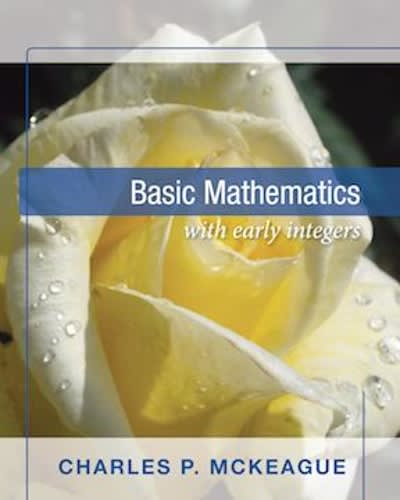The recidivism rate for convicted sex offenders is 8%. A warden suspects that this percent is lower if the sex offender is also a drug addict. Of the 311 convicted sex offenders who were also drug addicts, 22 of them became repeat offenders. What can be concluded at the a = 0.05 level of significance? a. For this study, we should use Select an answer b. The null and alternative hypotheses would be: Ho: ? Select an answer (please enter a decimal) H1: 2 v Select an answer (Please enter a decimal) c. The test statistic ? v = (please show your answer to 3 decimal places.) d. The p-value = (Please show your answer to 4 decimal places. ) e. The p-value is ? v a f. Based on this, we should Select an answer | the null hypothesis. g. Thus, the final conclusion is that ... The data suggest the populaton proportion is significantly lower than 8% at a = 0.05, so there is statistically significant evidence to conclude that the population proportion of convicted sex offender drug addicts who become repeat offenders is lower than 8%. The data suggest the population proportion is not significantly lower than 8% at a = 0.05, so there is statistically insignificant evidence to conclude that the population proportion of convicted sex offender drug addicts who become repeat offenders is lower than 8%. The data suggest the population proportion is not significantly lower than 8% at a = 0.05, so there is statistically significant evidence to conclude that the population proportion of convicted sex offender drug addicts who become repeat offenders is equal to 8%. h. Interpret the p-value in the context of the study. O There is a 8% chance of a Type | error. There is a 27.36% chance that fewer than 8% of all convicted sex offender drug addicts become repeat offenders. If the population proportion of convicted sex offender drug addicts who become repeat offenders is 8% and if another 311 inner city residents are surveyed then there would be a 27.36% chance that fewer than 7% of the 311 convicted sex offender drug addicts in the study become repeat offenders. If the sample proportion of convicted sex offender drug addicts who become repeat offenders is 7%% and if another 311 convicted sex offender drug addicts are surveyed then there would be a 27.36% chance of concluding that fewer than 8% of convicted sex offender drug addicts become repeat offenders. . Interpret the level of significance in the context of the study. If the population proportion of convicted sex offender drug addicts who become repeat offenders is 8% and if another 311 convicted sex offender drug addicts are observed, then there would be a 5% chance that we would end up falsely concluding that the proportion of all convicted sex offender drug addicts who become repeat offenders is lower than 8%. There is a 5% chance that Lizard People aka "Reptilians" are running the world. If the population proportion of convicted sex offender drug addicts who become repeat offenders is lower than 8% and if another 311 convicted sex offender drug addicts are observed then there would be a 5% chance that we would end up falsely concluding that the proportion of all convicted sex offender drug addicts who become repeat offenders is equal to 8%. There is a 5% chance that the proportion of all convicted sex offender drug addicts who become repeat offenders is lower than 8%







